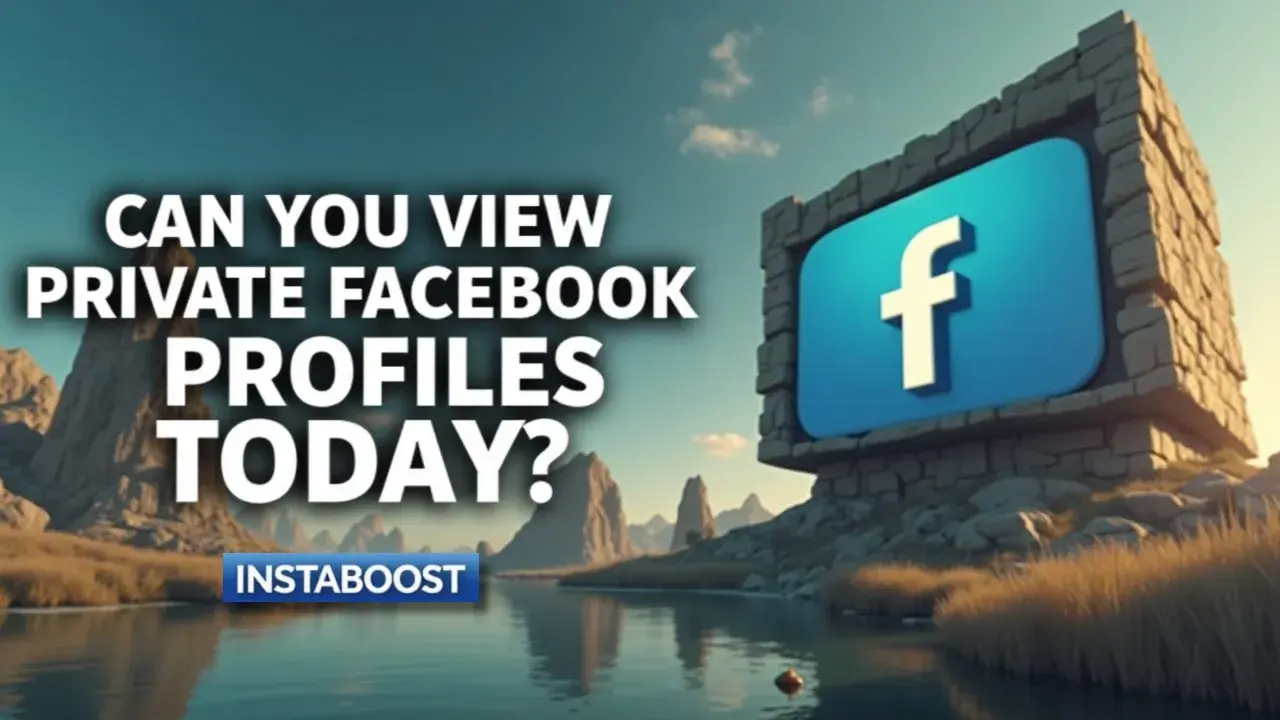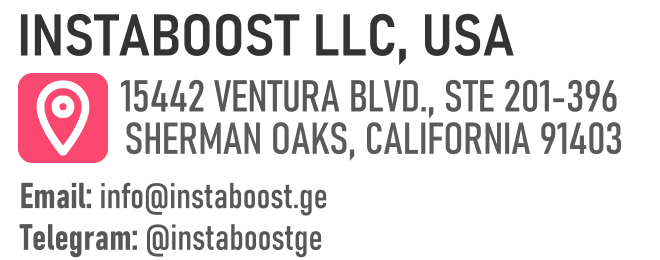Can You View Private Facebook Profiles Today?
Private Facebook profiles cannot be viewed beyond what the owner shares with non-friends. Privacy settings control visibility for posts, Stories, and profile details, and access depends on friend status and audience choices. The “Other” category in Facebook Story views reflects viewers outside your core audience, indicating broader reach without revealing identities. A smart path is to respect settings, observe audience signals like timing and engagement, and request connection if appropriate.
What’s Actually Possible on Facebook – and What’s Just Hype
Let’s cut through the noise. Private Facebook profiles are built to stay private, and the platform enforces that boundary. That doesn’t make your options binary. If your goal is to reconnect, vet a potential collaborator, or grow an audience without crossing lines, the smart move is to use the tools Facebook does allow and measure whether they’re working.
Profiles set to “Friends” won’t reveal posts or friends lists to outsiders, but you can still see public artifacts like the profile photo, cover image, bio fields, followers if enabled, mutual friends, and interactions on public Pages or Groups.
Profiles set to “Friends” won’t reveal posts or friends lists to outsiders, but you can still see public artifacts like the profile photo, cover image, bio fields, followers if enabled, mutual friends, and interactions on public Pages or Groups.
That’s where ethical discovery happens. Send a friend request with context, or follow if they’ve enabled followers. Both work better when you add real signals like shared groups, a concise note, and visible credibility on your own profile, and experienced operators keep a short list of practical references to convert more users on Facebook without compromising consent. For creators and brand pages looking to reach private audiences at scale, flip the question and optimize for consented visibility. Collaborate with creators your target audience already trusts, comment meaningfully on public posts, and use targeted promotion during the windows when your prospects are most active.
Clean analytics helps here. Track Story reach, including the “Other” bucket in Story views, to read spillover beyond close connections and refine timing. Be wary of third‑party “viewer” tools that promise access to private content. Reputable software focuses on audience insights, not circumvention. If you pay, pay for qualified analytics or ad targeting matched to intent, and keep a tight testing loop. The takeaway is simple. You won’t pry open locked doors, but you can widen the public doorway with respectful outreach, content worth following, and measurement that rewards steady, permission‑based growth.

Why Privacy Claims Deserve a Trust Check
This system wasn’t born from genius. It came from cleaning up chaos. Facebook tightened privacy because the mess – shadowy viewer apps, scraped friends lists, and third‑party “unlockers” – created real risk and legal exposure. That’s why private profiles stay private, and why anything claiming full access deserves a pause and a closer look. Credibility starts with what you can see: public artifacts like a profile photo, cover, bio, mutuals, and interactions on public Pages or Groups. If your aim is reconnection or due diligence, work those signals and pair them with legitimate levers – a respectful follow, a context‑rich friend request, or engagement in shared Groups.
Testing helps. Track whether a short, specific intro message lifts acceptance, whether a creator collab surfaces more mutuals, or whether targeted promotion nudges public interactions you can lawfully see. Paid tools can be useful when they’re reputable, permission‑based, and matched to intent – think clean analytics to read retention signals, not “viewer” gimmicks; a few people will even conflate this with tactics to boost Facebook with followers, which is a different question than privacy reach. Run a quick trust check. Does the service explain data provenance, offer an audit log, and align with Facebook’s Platform Terms?
If not, it’s noise that risks burning trust. One non‑obvious insight: “Other” in Facebook Story views is a clue, not a back door. It often aggregates non‑friends or viewers from broader surfaces like re‑shares or public discovery. Watching timing and spikes there – paired with real comments and replies – can validate reach without crossing lines. Bottom line: you can’t and shouldn’t pry open a locked profile. You can build a measured loop – public touchpoints, respectful outreach, creator adjacency, and clean measurement – that earns access over time when fit and timing align, or tells you to redirect your effort.
Time-Right Strategies That Respect the Wall
The difference is timing, not volume. If a private Facebook profile won’t open up, shift from trying to force access to sequencing touchpoints that make consent more likely. Start by mapping what you can see – public artifacts, mutual friends, and interactions on public Pages or Groups – then time your moves around visible activity spikes. Comment thoughtfully where they’re active, follow public posts, and send a short, context-rich friend request when your name will ring a bell, like after a mutual tags you or you’ve shown up with value in a Group thread.
This tends to work when you pair it with signals that reduce friction: a clean profile photo and cover, a concise bio, real comments, and recent posts that show you’re a person worth accepting. For outreach at scale – say you’re vetting collaborators or growing an audience – use creator collabs, Events, and topical Groups to earn proximity, then layer targeted promotion from a reputable account to warm the right people before the ask. Keep a testing loop. Track retention signals – reply rates, follow-backs, comment depth – in clean analytics, and adjust cadence rather than cranking volume. If you’re using paid boosts or lead ads, focus on fit and frequency caps so you show up at the right moments, not everywhere.
One underrated cue is Story view patterns, including the “Other” bucket, which can hint at broader reach across networks; consider how external signals, including sentiment around tools people already reference such as trusted site to buy Facebook likes, map to those spikes without letting them dictate your approach. Align your next touch when those views rise. You can’t view private profiles outright, but you can engineer timing, context, and credibility so access becomes a natural next step – measured, respectful, and effective.
When Curiosity Becomes a Conversion Trap
It’s okay to pause, even when the feed nudges you to keep digging. Curiosity pressure is real, and pushing past Facebook’s privacy wall often backfires. You can erode trust, trigger integrity checks, and send signals that make your account look low quality. A better move is to treat a private profile like a gated lead, not a locked vault. If your goal is outreach or research, build a path that earns a look-back with visible value, good timing, and a clean footprint. Start with what’s public and measurable – cover changes, bio tweaks, comments on public Pages, recent Group threads – and track timing patterns in a simple testing loop.
When you do engage, keep it native. One specific, human reply on a mutual’s post often beats ten generic likes. If you run paid amplification, use it as a spotlight, not a crowbar. Targeted promotion around shared interests and creator collabs can create ambient familiarity so your name feels safe when your friend request arrives. Pair that with retention signals – consistent, relevant posts, real comments, a tidy profile photo and cover – and clean analytics so you can see whether the nudge works, and resist the temptation to chase vanity metrics even when you see peers boost your reach: buy Facebook views and call it traction.
Tools that claim to view private Facebook profiles rarely match the job at hand. Low-quality inputs can introduce malware risks, account flags, and junk data. If you need to accelerate, pick reputable utilities that stay inside platform policy, like social listening on public artifacts, brand safety checks, and attribution that respects consent. The upside is that restraint compounds. Each respectful touchpoint lifts your trust score with people and the system, which helps turn Other Story views and mutual sightings into accepted requests and replies you can actually act on.
From Curiosity to Credibility: The Practical Next Step
You’ve read enough. Now try something. Treat the “private profile” question as a way to design how you build trust on Facebook, not a dead end. Take one small, measurable step that aligns with consent and quality signals. Pick one profile you’re curious about, map the public surface – mutuals, Groups, public posts – then add value where they already show up. One context-rich comment that references the thread and moves the conversation forward beats ten vague reactions.
If you run a Page, add a micro-collab by inviting the mutual or a relevant creator to weigh in so your name lands in their notifications with legitimacy. When it fits, send a friend request that cites the shared touchpoint. Timing it after visible activity spikes or a mutual tag can lift acceptance odds. If you use paid accelerants to warm the path, keep them reputable and tightly matched to intent. A small, targeted promotion to the Group audience or lookalikes works when your post is genuinely useful and you’ve set up clean analytics to track retention signals, not just clicks. Watch “Other” in your Story views and the quality of comments on public posts to see if your presence is landing with the right people.
This is how curiosity turns into leverage without tripping Facebook’s integrity checks – sequence contact, add proof-of-fit, and measure with a simple testing loop. If the door stays closed, invest where consent is clear – public Pages, collaborative threads, and creator partnerships that compound reach – so the next time someone asks “Can you view private Facebook profiles today?,” your quiet advantage is that you no longer need to.















